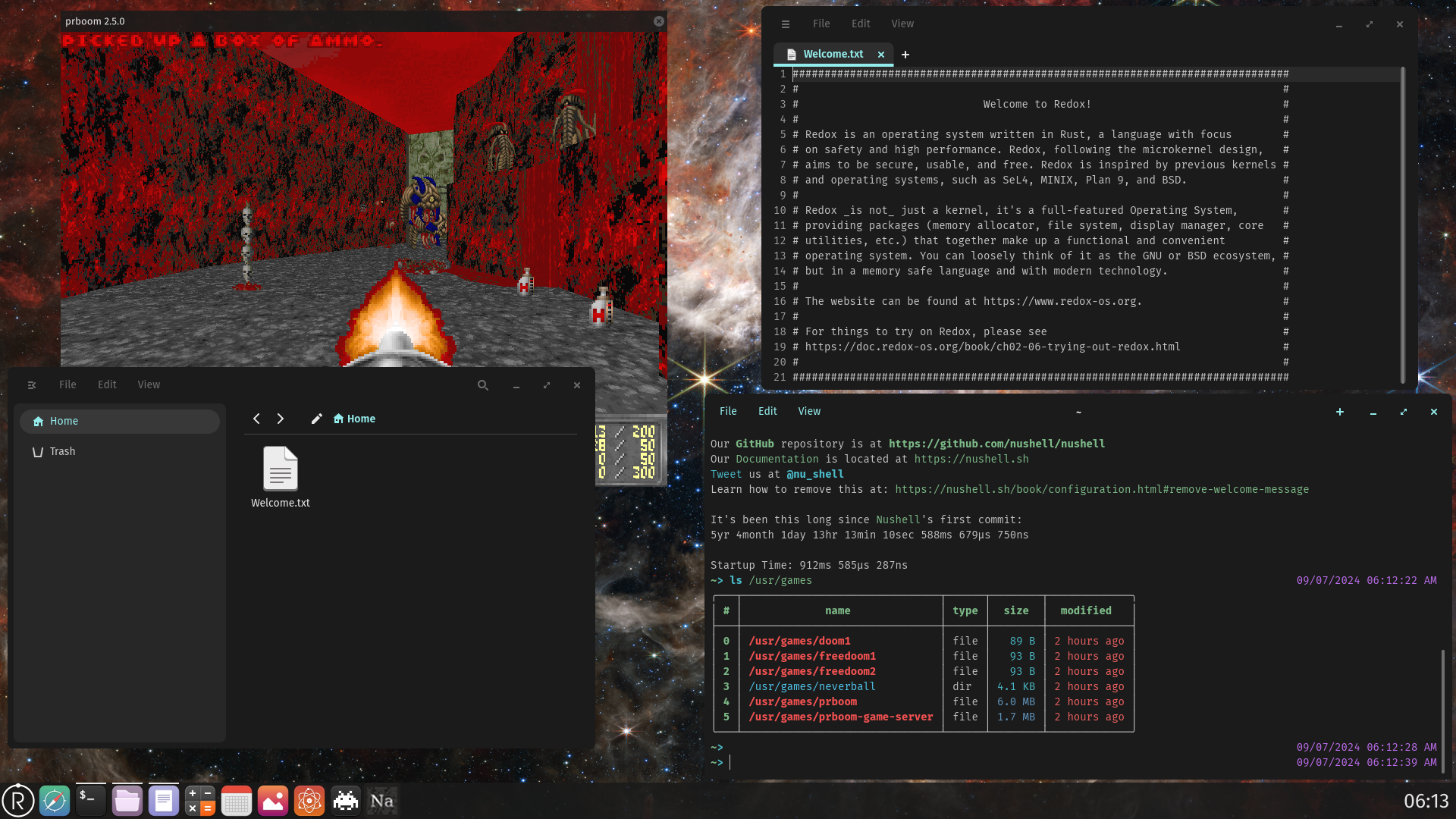

Piracy. I’d buy albums if I had money, though. I’ll slowly phase into getting them once I get some more cash.
I can find most stuff I listen to, and I rarely grow my music library. I mostly listen to 20-30 albums, with some more mainstream music peppered in.
My music library currently sits at 90 gigabytes (mostly flacs), so quite small compared to others I’ve seen around here. Still, I have plenty of variation to keep me entertained :D
If you have Tidal, aren’t there some apps to rip the lossless audio from there? You could get most of the stuff that you need, and then cancel the subscription. If you feel bad, maybe order some merch from the band, haha.






I haven’t tried it myself, but you could get a Garmin watch and add your cards there. I believe you don’t need the phone connected afterwards to make payments.